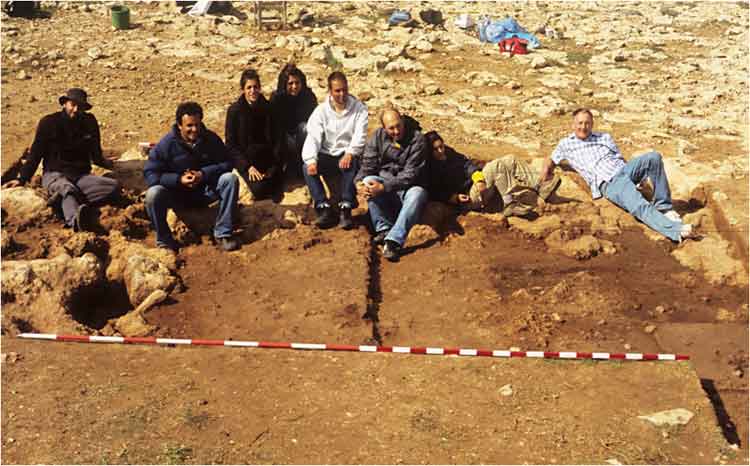Examining Early Seafarers
When asked to picture early seafaring of the Mediterranean, the images we pull from our mind are that of Homer or The Odyssey. Our visions of the early Argonauts have become limited due to our modern interpretations and with no familiar icon for the mind, it becomes difficult to visualize and in turn further grasp the concept of pre-Neolithic seafaring. To gain a better understanding, it is necessary to break free of the preconceived notions of early seafaring. It has become the time to question our perceptions and to redevelop a new mental image of what could have been.
The Paradox
Taking into consideration that there is now evidence of pre-Neolithic seafaring, a paradox emerges between the spread of early farming in Europe. In the presence of boats, one would expect that the spread of agricultural knowledge would have been relatively rapid across the Mediterranean world. However, evidence acquired through radiocarbon dating suggests that the "spread of first farmers from Cyprus to southern Italy took just over 2000 years" at "an average rate of .75 kilometers per year" (Ammerman, Paradox, 32). In light of the fact that seafaring enabled early boat people to travel "voyages in the range of 60-100 km at a time" this pace seems arduously slow. Indeed it appears that there is discrepancy between these figures, so why did it take so long for agriculture to make its way from Cyprus to southern Italy?
The Alternative Lifestyle
Rather than perceiving the practice of seafaring as exploits carried out by more adventurous farmers, perhaps the seafarer lifestyle provided an alternative to that of the agro-pastoralist. It is by no means necessary to entirely uncouple these ways of life from one another, however what this perspective presents us with is two new and distinct modes of life. In addition, these coexisting lifestyles provide a viable explanation of the paradox of the slow spread of farming across the Mediterranean basin. Agriculturalists were more likely to place their focus on locating arable soil where it would be possible to create an established settlement. On the other hand, seafarers were much more likely to be exploiting resources on the coasts, patiently biding their time to move on to more prosperous locations. These coastal foragers were capable of maintaining a sustainable enough lifestyle that persisted before they too found their way into the Neolithic transition.
Island Foragers
In an effort to provide themselves with the best possible environment for coastal foraging, early seafarers of the northern Aegean no doubt sought sites with favorable geographic features that were accommodating to their needs and limitations. In a nutshell, one can make the following wish list from the viewpoint of the coastal forager: (a) coastal areas with a low and "soft" relief, (b) an island with embayments and other good places to land a small boat, (c) good sources of fresh water, (d) dune areas and other dry places along the coast for making "instant" campsites, (e) local wetlands for the exploitation of aquatic resources and (f) local sources of rock for making chipped stone tools. From the view point of the archaeologist, one can add another to the list: (g) coastal areas with a low energy geomorphology so that an early site has a good chance of being visible on the modern landscape. Islands such as Lemnos provided such a "paradise", with pre-Neolithic sites occurring along the eastern and southern coast. After closer observation of early sites along stretches of aeolianite on coastlines, researchers eyes were opened up to all the possible benefits that this type of terrain could provide early foragers. The aeolianite landscapes with their natural depressions resulted in dry, easily cleared campsites with built-in "stone-age furniture". In addition, as sprays of sea water settled into crevices within the aeolianite and evaporated in time, the aeolianite became a rich source of easily collected and high-quality salt.

